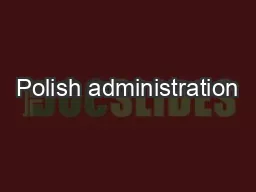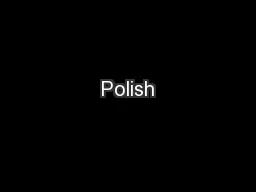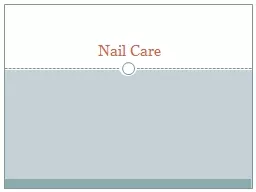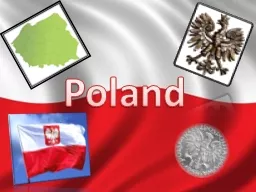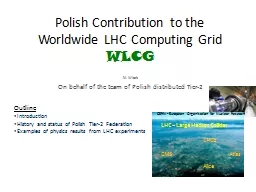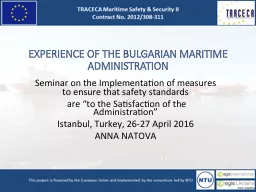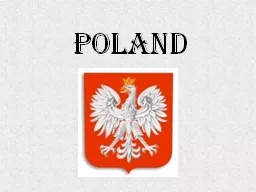PPT-Polish administration
Author : lois-ondreau | Published Date : 2017-05-30
Polish political system Government administration Local administration Republic of Poland EU accession 1 May 2004 Area 312679 km2 Population January 2010 38163895
Presentation Embed Code
Download Presentation
Download Presentation The PPT/PDF document "Polish administration" is the property of its rightful owner. Permission is granted to download and print the materials on this website for personal, non-commercial use only, and to display it on your personal computer provided you do not modify the materials and that you retain all copyright notices contained in the materials. By downloading content from our website, you accept the terms of this agreement.
Polish administration: Transcript
Download Rules Of Document
"Polish administration"The content belongs to its owner. You may download and print it for personal use, without modification, and keep all copyright notices. By downloading, you agree to these terms.
Related Documents

